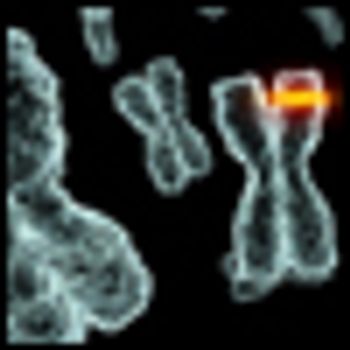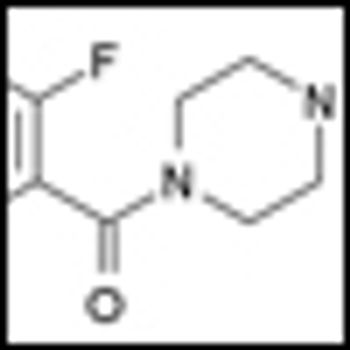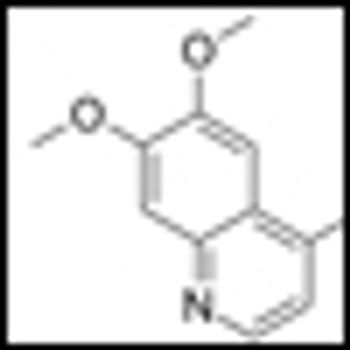
Lori Smith addresses a side effect that affects 88 percent of women treated for cervical cancer with radiation: vaginal stenosis.

Your AI-Trained Oncology Knowledge Connection!


Lori Smith addresses a side effect that affects 88 percent of women treated for cervical cancer with radiation: vaginal stenosis.

Lori Smith discusses the side effect of incontinence in women being treated for GYN malignancies.

A study published today details a scoring system that may predict which ovarian cancer patients responded to first-line platinum chemotherapy based on a DNA-repair pathway-focused score. The score is based on a gene expression profile of 23 DNA-repair genes that normally function to repair platinum-induced DNA damage.

Selumetinib, a small-molecule MEK inhibitor, controlled recurrent low-grade serous ovarian cancer in 81% of patients treated. Current first-line defense against this disease (surgery followed by cytotoxic chemotherapy) has met with limited success.

Cancer Network interviews two prominent ovarian cancer researchers from both sides of the Atlantic on the role of PARP inhibitors and the challenges of developing ovarian cancer therapies.

This article reviews the trials that have been conducted with PARP inhibitors in epithelial ovarian cancer, fallopian tube cancer, and primary peritoneal cancer, and places the impact of those results in the larger context of PARP inhibitor development.

Four publications on cancer treatment during pregnancy were published last week in the journal Lancet, serving as new treatment guidelines for chemotherapy and surgery in pregnant patients with solid tumors and hematologic malignancies.

The development of poly(ADP-ribose) polymerase (PARP) inhibitors as a new class of anticancer agents has created a tremendous amount of hope in the ovarian cancer community, especially in the high-risk, difficult-to-screen, hereditary ovarian cancer population.

Ovarian cancers account for more than 50% of gynecologic cancer deaths. This is attributable to the late stage of the disease at diagnosis.

A new study has made a step forward toward better characterization of sporadic ovarian tumors by identifying their DNA repair protein expression profile.

Coffee is emerging as a protective agent against a number of diseases, including cancer. A study published last week shows that women who drank more than four cups of coffee per day cut their risk of endometrial cancer by 25% compared with those who drank less than one cup per day.

In September 2011, the US Food and Drug Administration (FDA) approved marketing of the HE4 Test (Fujirebio Diagnostics, Malvern, Pennsylvania) along with the CA-125 test in the Risk of Ovarian Malignancy Algorithm, called ROMA, to determine the likelihood of finding malignancy at surgery in premenopausal or postmenopausal women presenting with an ovarian adnexal mass.

Patient education and counseling are essential in women at increased risk for ovarian and endometrial cancer. Women must be educated regarding the signs, symptoms, and risks associated with these cancers.

To improve staging, debulking, and prognosis in cytoreductive surgery, researchers in the Netherlands and Germany have developed a fluorescence imaging technique to visualize ovarian tumors.

Highlight of the Importance of Translational Medicine in Ovarian Cancer

A superior overall survival with pegylated liposomal doxorubicin (PLD, Doxil) given with trabectedin (T) compared to PLD monotherapy has been demonstrated for advanced, relapsed ovarian cancer.

This article focuses on the recent debate regarding when-or whether-patients with ovarian cancer should undergo aggressive surgical resection.

Whether advanced ovarian cancer should be treated with neoadjuvant chemotherapy or primary debulking surgery is one of the most debated topics in gynecologic oncology.

Surgical debulking of epithelial ovarian carcinoma has been a mainstay of therapy for more than 50 years-since the approach was first advocated by Meigs in 1934.[1] In 1968, Munnell[2] introduced the idea of the "maximum surgical effort”-essentially the removal of as much cancer as possible.

The results of a study that tracked BRCA mutation carriers suggest that women who inherit BRCA gene mutations develop cancer at a younger age than women in the previous generation. The study is published on-line today in the journal Cancer.

The European Society of Gynaecological Oncology (ESGO) biennial meeting is taking place in Milan, Italy, and will run from September 11-14, 2011.

Last week the FDA cleared the use of blood tests for two proteins, HE4 and CA-125; biomarkers that together can be used to estimate risk for ovarian cancer in women who present with a pelvic mass.

A phase II trial of BIBF 1120 (Vargatef) in women with relapsed ovarian cancer that were previously treated with chemotherapy showed that BIBF 1120 given as maintenance therapy resulted in improved progression-free survival rates.

Researchers at the BC Cancer Agency in Vancouver and colleagues have just published the results of a phase II study showing that olaparib (AZD2281), an oral PARP inhibitor, may be effective in treating non-BRCA-related ovarian cancer patients.

Cabozantinib (cabo), formerly known as XL184, has recently shown unprecedented activity against bone metastases in prostate cancer patients in a phase II trial.